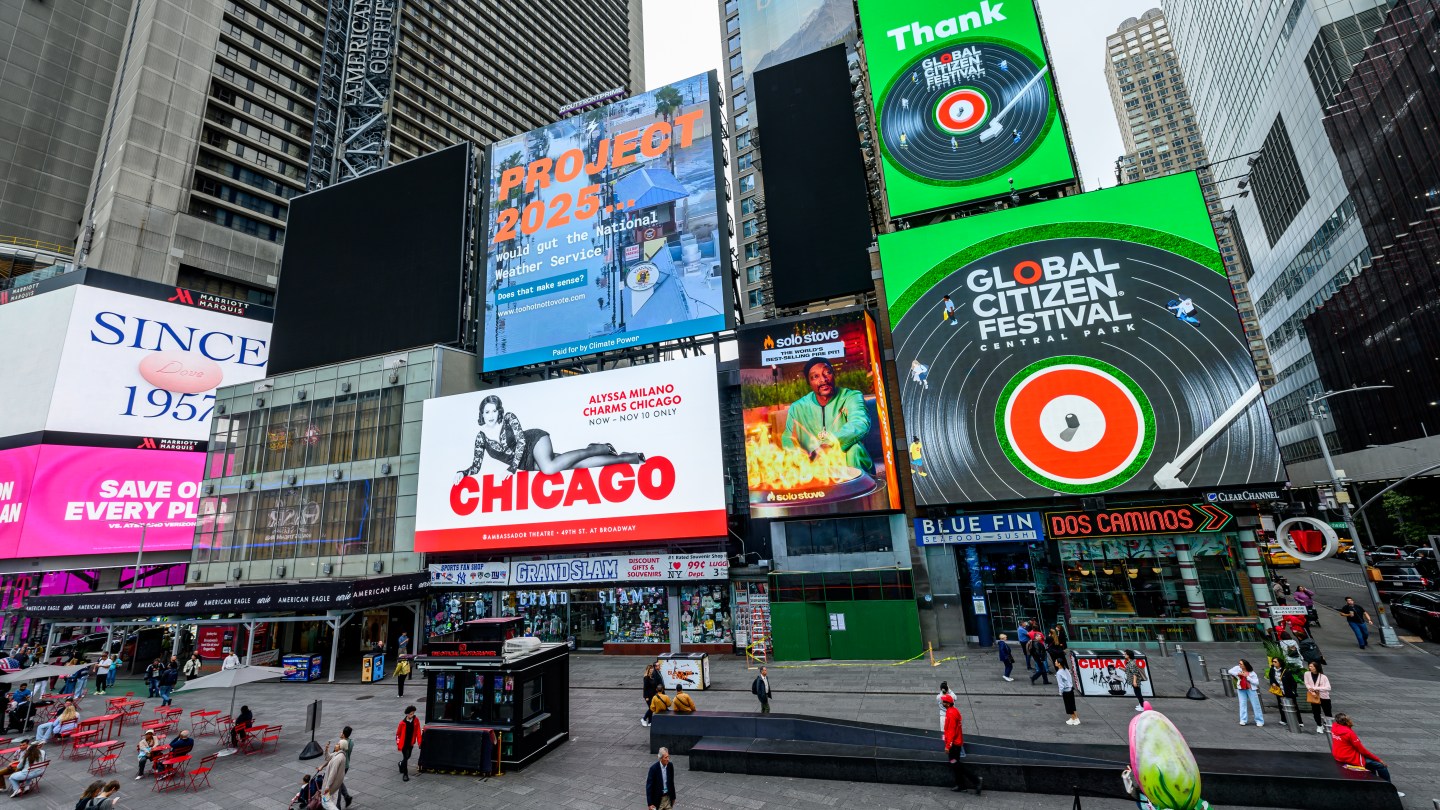The media buying behemoth WPP Media, which recently underwent a rebranding from GroupM, has revised its projected ad revenue forecast for 2025. Initially predicting a 7.7 percent growth in December, the firm now anticipates a modest 6 percent increase, attributing the downgrade to an uncertain global economy and limited visibility in international trade.
This adjustment coincides with a pivotal shift in the advertising landscape: 2025 is set to be the year when creator-driven platforms like YouTube, TikTok, and Instagram will receive more than half of all content-driven ad dollars, surpassing traditional professional content platforms.
The Rise of Creator Platforms
Kate Scott-Dawkins, the global president of business intelligence at WPP Media, highlighted the blurring lines between professional content and user-generated content (UGC) in an interview with The Hollywood Reporter. She noted that creators such as MrBeast and Ms. Rachel are now producing shows on major streaming platforms, while large entertainment companies increasingly post content on creator platforms.
Scott-Dawkins explained,
“Why are we seeing a shift? One of the reasons, I think, is the fundamental disparity between a professional publisher like a TV station or a newspaper where there are real fixed costs for employees. It’s a very different cost model, right? And it’s allowed them to plow revenue into AI, into ad targeting, into technology areas where I think traditional media is just slower to innovate.”
The WPP Media report projects that revenue from creator-generated content will reach $184.9 billion this year, marking a 20 percent increase from 2024, and is expected to more than double to $376.6 billion by 2030.
Economic Uncertainty and Ad Revenue Forecasts
The revised forecast for 2025, which estimates global ad revenue at a mere $1.08 trillion, is largely influenced by economic conditions in the U.S. and China. Scott-Dawkins pointed out that these markets are pivotal, stating,
“Where go those markets [the U.S. and China] goes the global number, and we did downgrade both of those markets this year a little bit,”
highlighting the macroeconomic uncertainties facing marketers worldwide.
She further emphasized the need for advertisers to adopt more flexible and agile strategies rather than pulling back entirely, given the current economic landscape.
The Dominance of Digital Advertising
The report also underscores the growing dominance of digital advertising, which now accounts for 73.2 percent of global ad revenue. When streaming TV and digital out-of-home advertising are included, this figure rises to 81.6 percent. This shift reflects the changing consumption habits of audiences who increasingly favor digital content over traditional media.
Television, once the dominant force in advertising, is projected to grow by only 1 percent in 2025, reaching $162.5 billion. Notably, streaming TV, which comprises $41.8 billion of this total, is expected to decline, signaling a shift in viewer preferences.
Implications for the Future
The move towards creator-driven platforms represents a significant transformation in the advertising industry. As traditional media outlets grapple with fixed costs and slower innovation, creator platforms continue to leverage their flexibility and technological advancements to capture a larger share of ad revenue.
Looking ahead, the industry faces the challenge of navigating economic uncertainties while adapting to the evolving media landscape. Advertisers may need to rethink their strategies, focusing on agility and innovation to stay competitive in a rapidly changing environment.
As creator platforms continue to rise, the implications for the future of advertising are profound. The industry must adapt to these changes to remain relevant and effective in reaching increasingly digital-savvy audiences.
